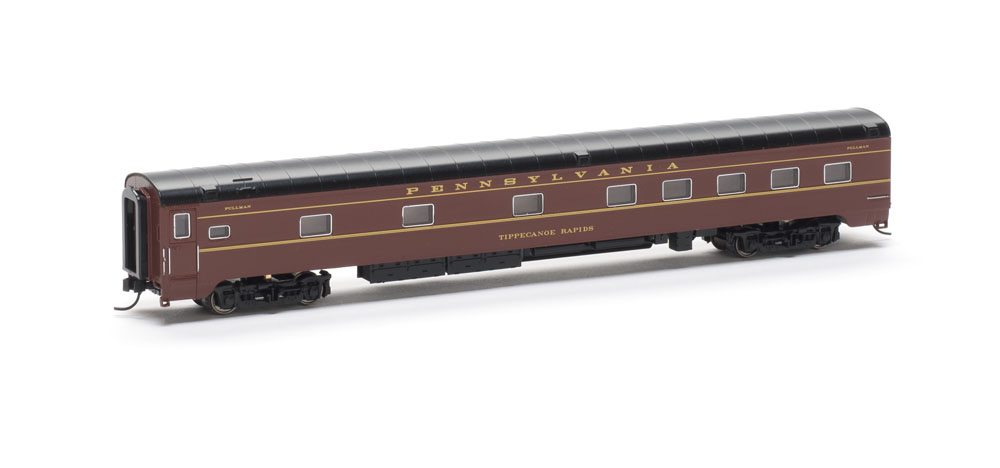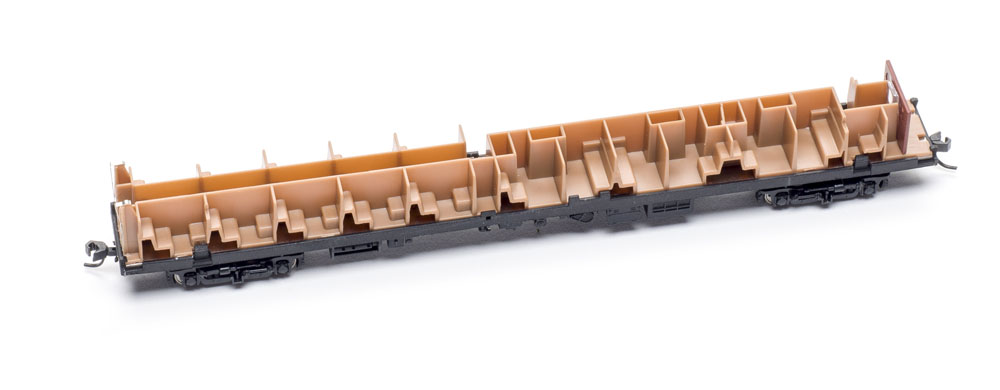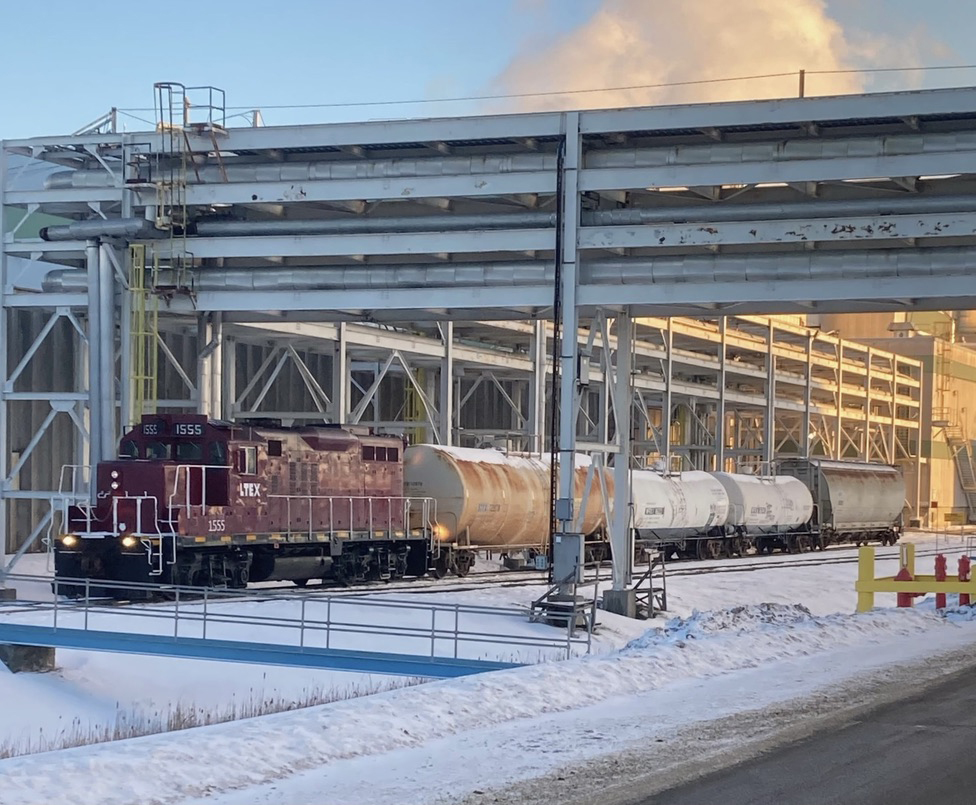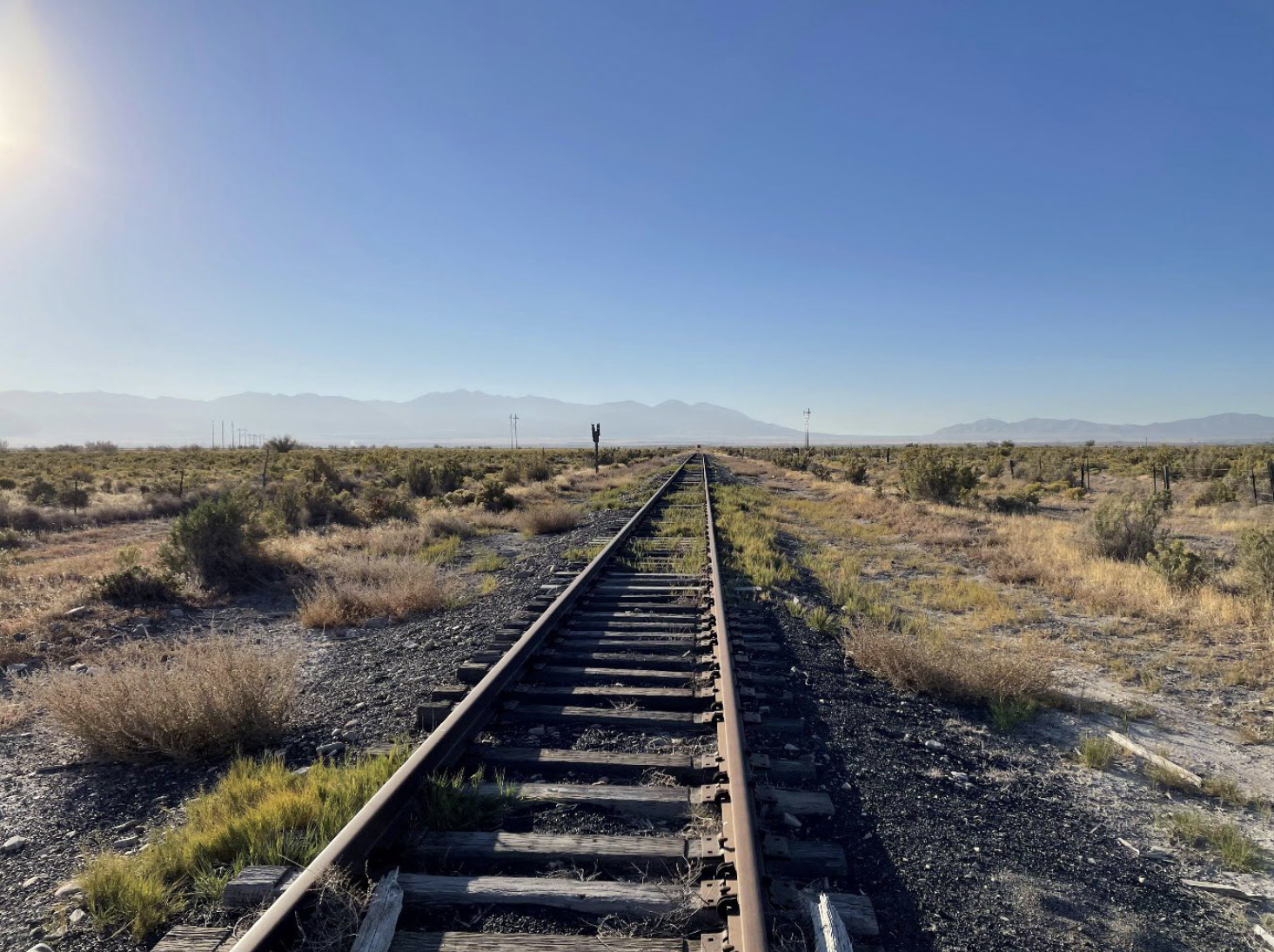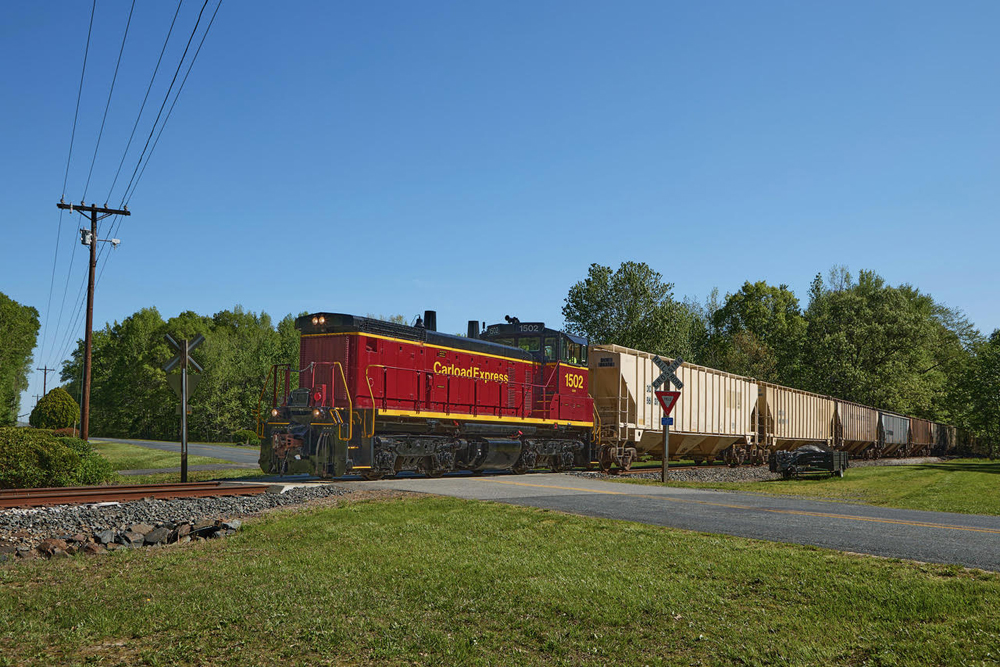Tippecanoe Rapids, along with class mate Stoney Rapids, were pool cars used in transcontinental service through a Chicago connection with the Union Pacific, first on UP’s Los Angeles Limited, then on the City of Los Angeles. The PRR counterpart was the Admiral. The arrangement ended in 1956, and Tippecanoe Rapids returned to general service. For about a year, Tippecanoe Rapids and Stoney Rapids were painted in UP’s Armour Yellow and Harbor Mist Gray paint scheme.
The Rapids cars were retired between 1968 and 1971. All but one of the cars, Towanda Rapids, were scrapped.
The interior is a separate molded piece of beige plastic that includes the seats and partitions. The layout of the interior and the window arrangements match drawings in The Official Pullman-Standard Library, Vol. 4: Pennsylvania Railroad by W. David Randall and William M. Ross (Railway Production Classics, 1988). Contacts at the A end of the interior await a ceiling-mounted light board expected to be available by the end of the year.
The trucks appear similar to those in the photos, but had a scale 9′-0″ wheelbase instead of the prototype’s 8′-6″ wheelbase. Contacts on the sideframes connect to more contacts on the floor to provide power for the optional, user-installed interior lighting. Knuckle couplers are truck-mounted at the correct height. All dimensions other than the truck wheelbase are within scale inches of PRR diagrams on Rob’s Pennsy Page at prr.railfan.net.
The lettering is sharp and opaque. Detail painting brings out the delicately molded-on handrails and grab irons, which appear to have been stainless steel on the prototype.
This is a beautiful car that saw service across the country. If you’re modeling passenger operations from the 1950s until the Amtrak era, be sure to give this model a look.
Price: $57
Manufacturer
RailSmith Models
P.O. Box 188
Prineville, OR 97754
lowellsmith.net
Roadname: Pennsylvania RR
Era: 1949 to 1968
Features
- Knuckle couplers, at correct height
- Provision for interior lighting
- Turned metal wheels, in gauge
- Weight: 1.5 ounces, .1 ounce more than NMRA Recommended Practice 20.1





